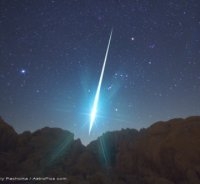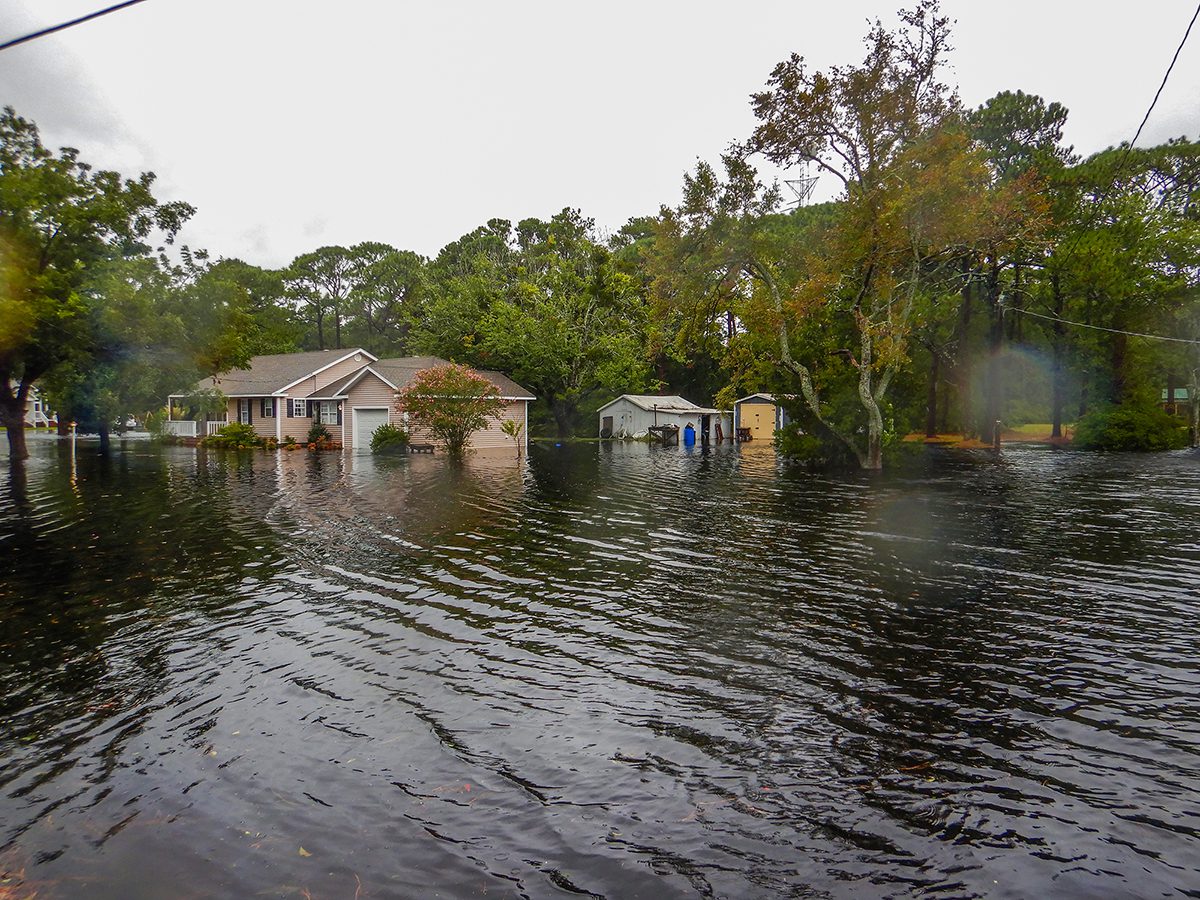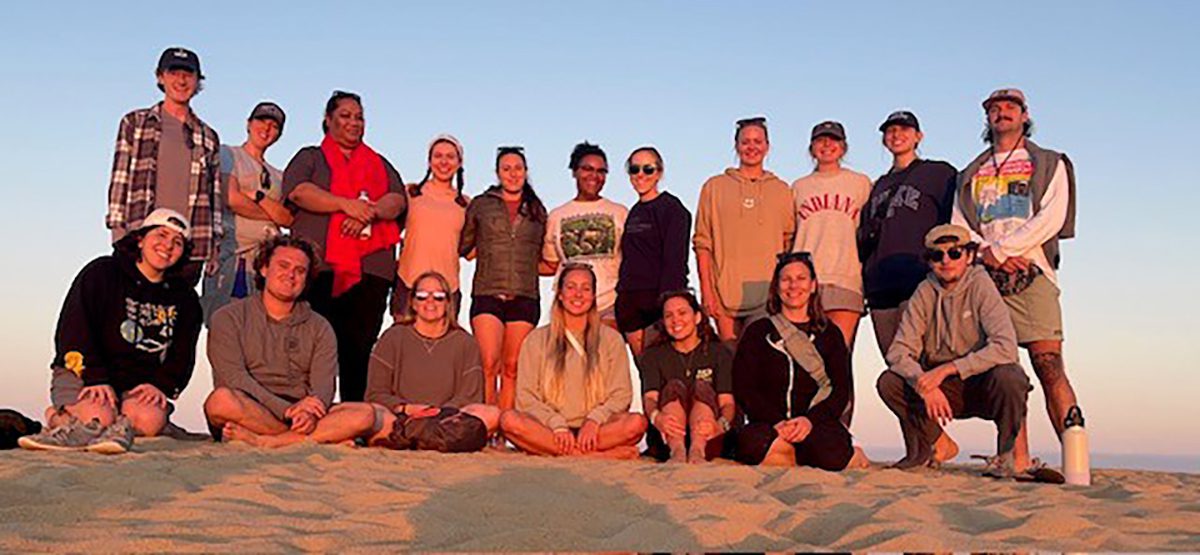Meteor-Watching TipsHere are some tips from the folks at EarthSky:
|
Take a break from the hectic holiday hubbub to look up at the sky. You may be rewarded with the best meteor show of the year.
Sponsor Spotlight
The Geminid meteor shower, the final major meteor shower of every year and one of the best, peaks overnight Dec. 13 and Dec. 14, though you can see Geminid meteors any evening starting Thursday.
If you liked the Perseids meteor shower in August, you should love this show. NASA reports that the Geminids are a relatively young meteor shower, with the first reports in the 1830s citing rates of about 20 meteors an hour. Over the decades the rates have increased, regularly spawning between 80 and 120 an hour at their peak on a clear evening with a dark sky.
 A Geminid fireball explodes over the Mojavi Desert in 2009. Photo: NASA. |
That can be pretty spectacular. Just take a look at this video of the Geminid shower. You can also look at some spectacular photos of the Geminids.
Intrigued? If you live in or around Pender County, you may consider looking at the meteors with some experts. The Cape Fear Sierra Club and the Cape Fear Astronomical Society are teaming up to offer a free viewing of the meteor shower on Friday, Dec. 14, at the Holly Shelter Game Lands.
Sponsor Spotlight
They chose Holly Shelter because it’s pretty dark there. And a dark sky, free of light pollution, is the essential ingredient to a good show, noted Mitch Odess, president of the astronomical society.
But even with the inkiest of skies overhead — and this month’s new moon falls on Dec. 13 – viewers shouldn’t expect to see a hundred meteors an hour, Odess said.
“When you think meteor showers you think about it snowing meteors, but it doesn’t work like that,” he said. “If you see one or two every 15 minutes, you’re doing well. A lot has to do with the darkness of the location.”
But there are plenty of other interesting things to see in the night sky, Odess said. His club will have telescopes available to view the moons of Jupiter, the Andromeda Galaxy, the Orion Nebula and other celestial big names. “We want to show people things they may have heard of but never seen,” he said.
The viewing will start at 5 p.m. and go on until whenever. Be warned: The best showing of the Geminids will probably be from about 1 a.m. to 3 a.m.
You don’t need to bring anything special, noted Nancy Card of the Sierra Club. A chair, a flashlight with a red filter, a mug for the hot cider Card will bring and maybe a sleeping bag to stay warm.
Call Card at 910-540-3088 or email her if you’re interested to set up a time and place to meet. She doesn’t want people driving into the game lands at all hours with their car headlights messing up the viewing.
You can also view the show on your own. Just find a dark place, settle in and scan the sky, looking particularly to the constellation Gemini. A star chart or a sky map app for your smart phone will tell you where it is. The Geminid meteor shower is named after the constellation, which is located in roughly the same point of the night sky where the meteor shower appears to originate.
Most meteors in annual showers trace their origins to comets. But the parent of the Geminid meteor shower is a mysterious body named 3200 Phaethon, which may be an asteroid or the rocky skeleton of a comet that lost most of its outer covering of ice after too many close encounters with the sun.
The Geminids are fairly bright and moderate in speed, hitting our atmosphere at 21.75 miles a second. They are characterized by their multicolored display – 65 percent being white, 26 percent yellow and the remainder blue, red and green. Geminids also have a reputation for producing exploding meteors called fireballs.
So take a break from the Christmas shopping and holiday parties to spend some time outside looking at the sky.







